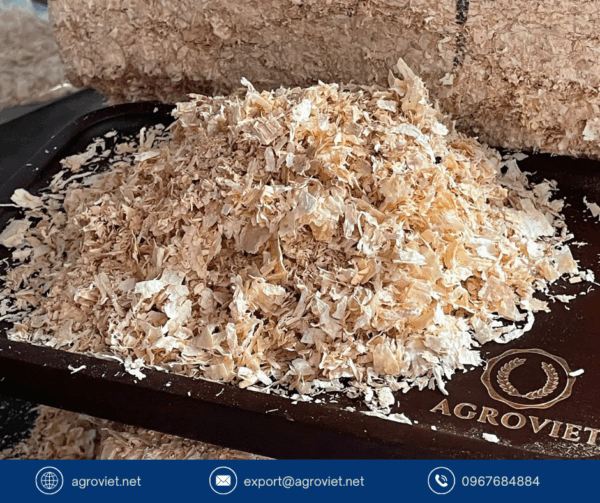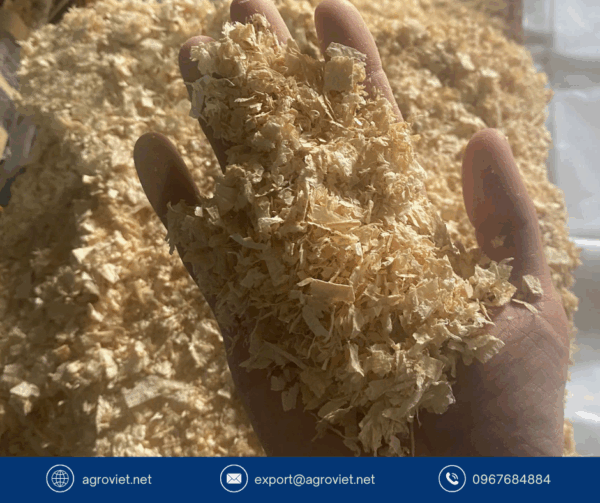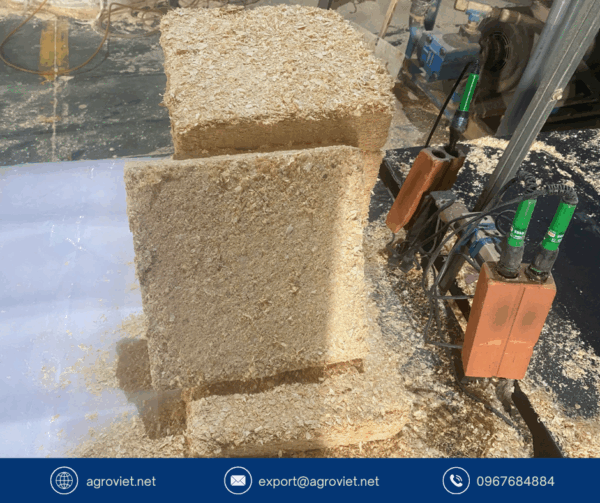How to Maximize the Benefits of Mixed Wood Shavings for Animal Bedding: A Comprehensive Guide

Mixed wood shavings, crafted from natural softwoods like pine, acacia, and rubberwood, are a game-changer in livestock and pet bedding, offering exceptional absorbency, odor control, and eco-friendly properties. These shavings keep barn floors dry, reduce disease risks, and enhance animal comfort, but their effectiveness depends on proper use. This SEO-optimized guide, inspired by best practices, provides detailed steps to optimize mixed wood shavings in your farm or pet care operations. Organized into clear sections with headings, this article equips farmers, equestrian professionals, and pet owners with practical tips to ensure healthy animals, efficient maintenance, and sustainable practices.
The Power of Mixed Wood Shavings in Animal Care
Mixed wood shavings are a superior bedding material, combining the natural benefits of softwoods to create a clean, comfortable, and hygienic environment for animals. Pine delivers outstanding moisture absorption, acacia provides natural odor-neutralizing oils, and rubberwood adds a soft, durable texture. Together, they minimize bacterial growth, control ammonia odors, and promote animal health, making them ideal for poultry, cattle, horses, and pets. To fully harness these advantages, proper application and maintenance are essential. By following the right techniques, you can reduce labor, lower costs, and create a sustainable bedding system that supports both animal welfare and environmental goals.
Step 1: Preparing the Barn Floor for Mixed Wood Shavings
Before applying mixed wood shavings, ensure the barn floor is clean and ready to maximize bedding performance. Remove all old bedding, manure, and debris, then disinfect the floor with biological solutions or lime powder to eliminate bacteria and pathogens. A well-prepared floor, ideally concrete or compacted earth with a slight slope for drainage, prevents moisture buildup that can lead to odors or mold. This step, often overlooked, is critical for maintaining a dry, hygienic environment and extending the lifespan of the shavings, ensuring your animals thrive in a safe and comfortable space.
Step 2: Applying the Right Thickness for Each Animal Type
The thickness of the mixed wood shavings layer varies by animal type and barn size, balancing absorbency, comfort, and cost. For poultry like chickens, ducks, or quails, a 5–7 cm layer provides sufficient moisture control. For pigs, goats, and sheep, apply 7–10 cm to support their weight and activity levels. Larger animals, such as cattle, buffaloes, or horses, require a 10–15 cm layer for cushioning and enhanced absorbency, reducing joint stress and hoof issues. Applying the correct thickness minimizes humidity, curbs bacterial growth, and keeps the barn clean, ensuring optimal health and productivity for your animals.
Step 3: Monitoring and Maintaining the Bedding Regularly
Regular monitoring and maintenance are key to prolonging the usability of mixed wood shavings and maintaining a healthy environment. Check the bedding daily for wet spots or compacted areas, and turn or fluff the shavings every few days to promote even drying and prevent microbial growth. If you notice excessive moisture, strong odors, or clumping, remove and replace affected areas immediately. This proactive approach reduces the need for full replacements, saving time and resources. Daily inspections also allow you to spot early signs of animal health issues, ensuring a clean and comfortable space that supports well-being.
Step 4: Knowing When to Replace the Entire Bedding Layer
The replacement cycle for mixed wood shavings depends on animal type, stocking density, climate, and maintenance practices, typically ranging from 2–4 weeks under normal conditions. Look for signs that indicate a full replacement is needed: dark or black patches, clumping, persistent odors, or mold growth. If animals show symptoms like coughing, nasal discharge, or skin irritation, inspect the bedding immediately, as it may harbor pathogens. Prompt replacement prevents disease spread and maintains barn hygiene. By adhering to a tailored replacement schedule, you can optimize costs while ensuring a safe and comfortable environment for your animals.
Step 5: Composting Used Shavings for Eco-Friendly Benefits
One of the standout benefits of mixed wood shavings is their reusability as organic compost, offering a sustainable and cost-effective solution for waste management. After removal from the barn, mix used shavings with animal manure and compost for 45–60 days, adding microbial agents to accelerate decomposition. The resulting nutrient-rich fertilizer can be applied to crops or gardens, reducing reliance on chemical fertilizers and minimizing waste disposal costs. This eco-friendly practice aligns with circular farming principles, turning used bedding into a valuable resource that enhances soil health and supports sustainable agriculture.
Step 6: Choosing High-Quality Mixed Wood Shavings from Trusted Suppliers
Not all mixed wood shavings are created equal, and quality matters for animal health and bedding performance. Premium shavings, like those from pine, acacia, and rubberwood, should be free from chemical treatments, thoroughly dried, and screened to remove dust and contaminants. Reliable suppliers ensure consistent quality, with proper packaging for easy storage and transport. Low-grade shavings may contain mold, toxins, or insects, posing risks to animals and compromising barn hygiene. By sourcing from trusted providers, you protect your investment, enhance livestock and pet health, and ensure long-term reliability for your bedding needs.
Key Considerations for Optimal Use of Mixed Wood Shavings
To maximize the effectiveness of mixed wood shavings, keep these best practices in mind. Always store shavings in a cool, dry place to prevent mold growth, and avoid using damp or foul-smelling batches. Ensure the shavings are dust-free to minimize respiratory risks, especially for poultry and horses. When composting, balance the carbon-rich shavings with nitrogen sources like manure to create nutrient-rich fertilizer. Regular barn ventilation and drainage also enhance bedding performance, reducing moisture buildup. By following these guidelines, you can maintain a clean, healthy, and cost-efficient bedding system for your animals.
Transform Animal Care with Mixed Wood Shavings

Mixed wood shavings are more than just bedding—they’re a cornerstone of sustainable animal care, offering absorbency, odor control, and eco-friendly benefits. By preparing the barn floor properly, applying the right thickness, maintaining the bedding regularly, and composting used shavings, you can create a healthy, cost-effective, and environmentally friendly system. Sourcing high-quality shavings from trusted suppliers ensures consistent performance, protecting animal health and boosting farm productivity. Embrace mixed wood shavings as your go-to bedding solution and unlock their full potential for cleaner barns, happier animals, and a greener future.
Read more: https://vietnambestwood.com/general/biological-bedding-with-wood-shavings/
